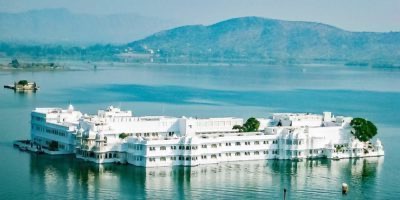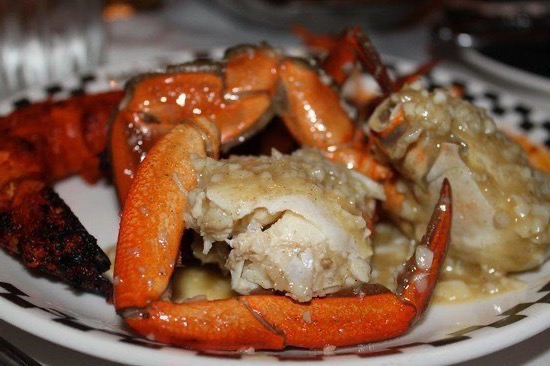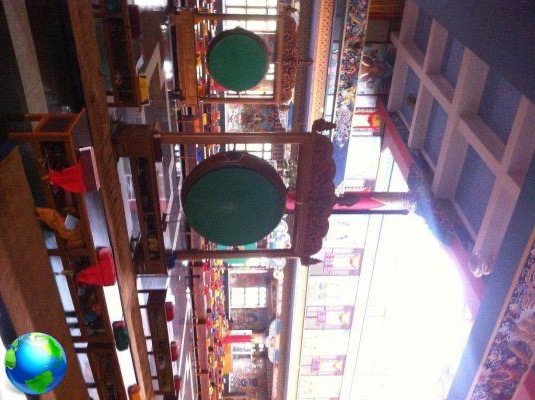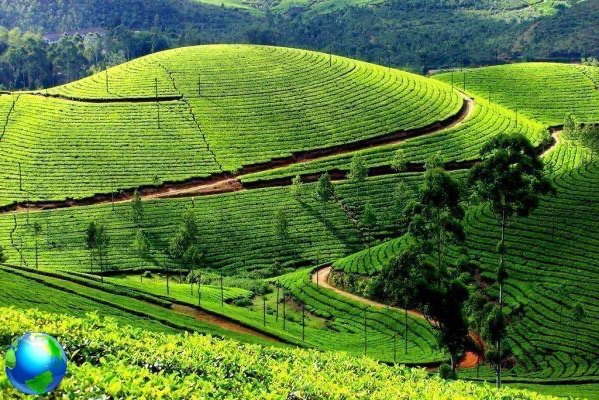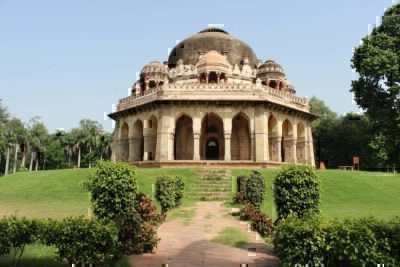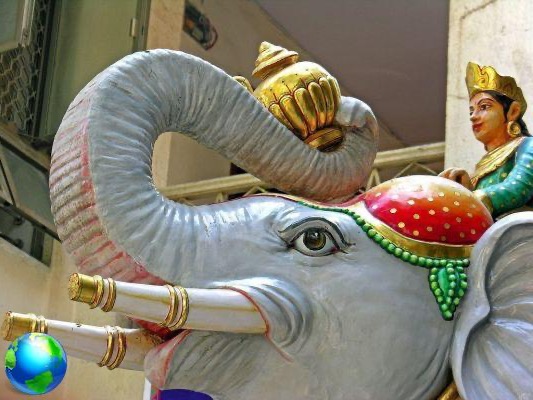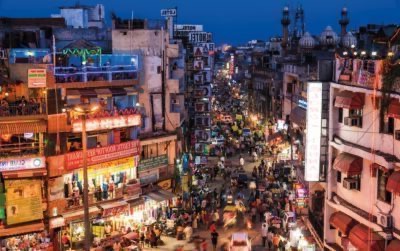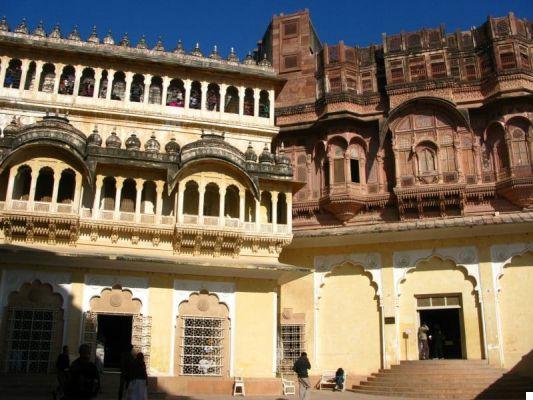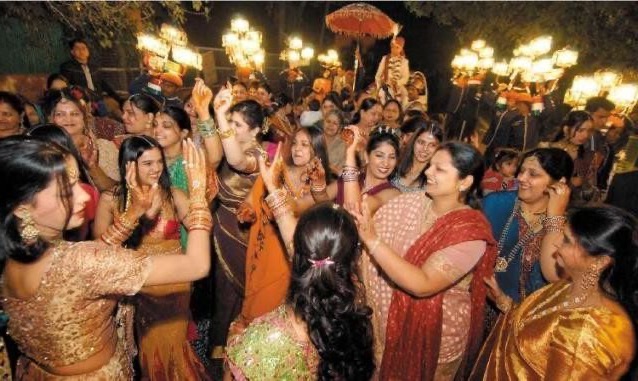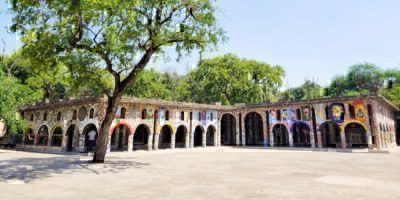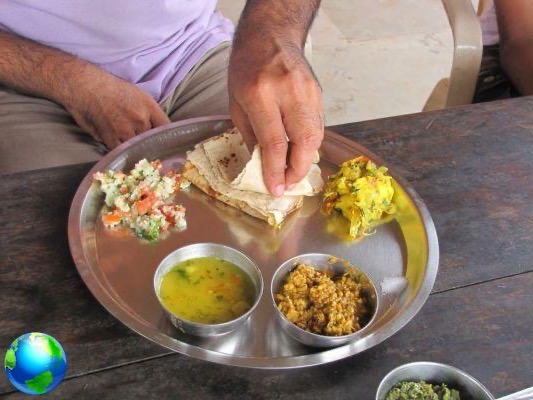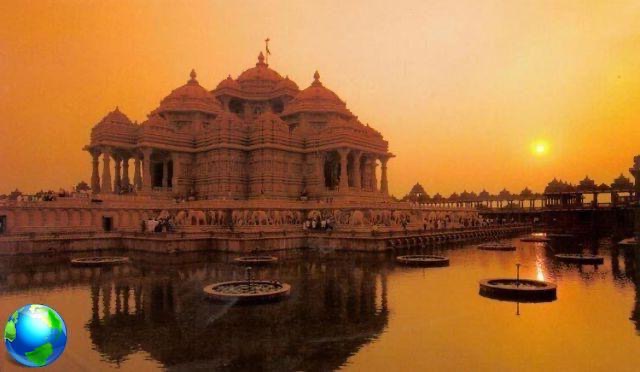A trip to the Indian Himalayas, in Ladakh an area bordering Tibet and Pakistan, here is the story of seven travelers who have decided to make an incredible journey.
Il Ladakh, a precious pearl ofIndian Himalayas, is considered the pearl and virgin land ofIndia. Located in the state of Kashmir, Ladakh, one of the least densely populated areas, has a history torn by ethnic-cultural conflicts behind it. Bordering the critical areas of the Tibet e Pakistan, Ladakh is a crossroads of cultures: the facial features of its people are similar to Pakistanis; its cuisine, language and religious influence have a rather Buddhist tendency; you will be amazed at “being in India”.
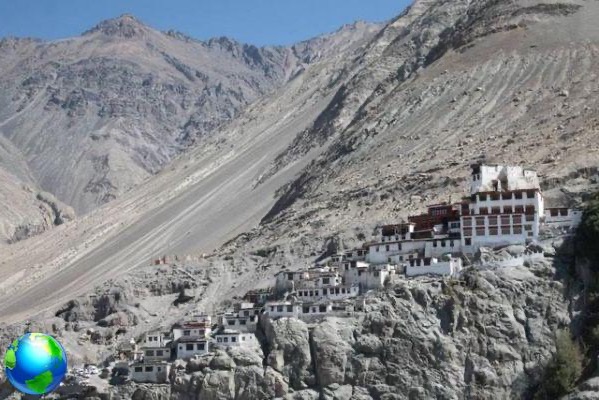
If you are looking for places they can manage take your breath away and literally feel on another planet, this trip is for you. Traveling by road offers you several options according to your budget and interest: bicycle, motorbike, bus or car. Maximum caution and prudence are necessary given the extreme altitudes (the highest passable road in the world reaches 5600 meters), theHimalayas it will amaze you at every bend with its peaks, among the highest in the world, and untouched landscapes.

board of explore Ladakh on your own. Given the rather high prices of the packages, the do-it-yourself has allowed us to save and be flexible on the choices of places to visit. I propose my 10-day itinerary departing from Delhi and road trip to Ladakh, especially recommended for acclimatization. The four-wheel journey from Delhi to Leh will allow you to gradually get used to the altitude and minimize any symptoms.
The distance from Delhi to Leh is approx 550 km but the timing is not as optimistic. To reach Ladakh it is necessary to cross the state of Himachal Pradesh, no less spectacular than the first. We took the night bus from Delhi to reach the first destination of the trip: Manali, a hill station in Himachal Pradesh, popular for its activities and haunt of backpackers. We stayed one night to rest from the previous bus trip, enjoy the fresh Himalayan air and recharge for the long ride to Leh.

The minivan to Leh, which we booked on site, offers two options: a 19 hour non-stop journey or two days on the road with an overnight stay in a tent, just under 25 €. On the "highway" from Manali to Leh, you cross the Roh Tang pass, one of the highest. The stop for the night is planned in Jispa: sleeping in a tent at 4000 meters surrounded by the peaks of the Himalayas is a unique and unforgettable experience, as is the cold during the night.
In the morning we leave at dawn: the 14 hours on hairpin bends take a back seat in front of the natural wonder as we enter Ladakh. As soon as you cross the Ladakh border, you have to pay an environmental tax of 300 rupees (about € 4). We reach Leh, the capital, around 21 pm and, exhausted, we go to the guest house. Stay in guest house it will allow you to get in touch with a Ladakhi family and thus get to know their culture and taste local food. What better way to start the day with breakfast based on Ladakhi bread freshly baked and jam.

After finally getting enough rest, the next day we explore Leh, a town full of Tibetan spirit and main port for travelers to discover Ladakh. We visit the castle at the top and its monastery from which you can enjoy a good view of the region. The first day we try not to tire ourselves and plan the following days.

To visit some areas of Ladakh, foreigners need a special permission which is valid for 7 days and costs 600 rupees (about € 7,50). The various agencies in the country deal with this practice: you have to deliver your passport and in one day you have the permit.
On the second day we visit it Shanti Stupa, a Buddhist stupa not far from Leh (you can get there on foot): the steps to reach it will show you the effects of altitude on your breath.

In the afternoon we book the various excursions for the following days: since we were 7 we booked a private vehicle, but outside the agencies you will find announcements for free seats in the car for the different tours for which getting around is really easy and the price obviously decreases according to the number of passengers. There are different tour options for each place: in the day or with an overnight stay of one or more nights. You can flexibly decide based on the time you have available where to go and how long to stay.
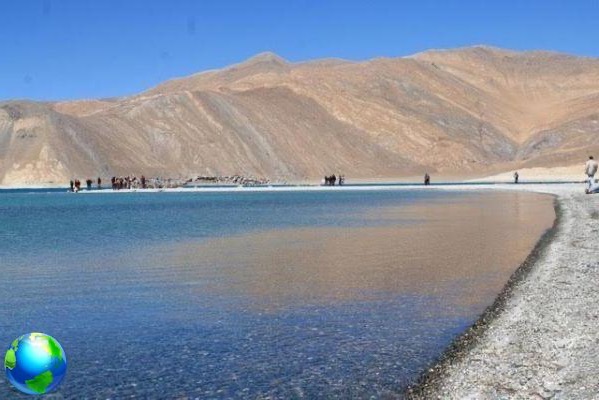
The third day then we leave for the Pangong lake, about 5-6 hours drive from Leh, 7 km from the border with China on one side and Tibet on the other. It is a natural lake located in a disputed territory between China and India, in fact 60% of the lake belongs to Tibet. L'crystal clear water and the various shades of blue of the lake are fascinating. In the evening we return to Leh.

On the morning of the fourth day we leave for Nubra valley, also about a six hour drive from Leh, the cold desert of Ladakh. To reach it, take the highest road in the world, crossing the Khardung La pass, approx 5600 meters and where you cannot stop for more than 20 minutes for the lack of oxygen. We pass Diskit, of which we will visit the gompa (monastery) the next day and we enter the remote lands of the region up to the village of Turtuk. 7 km from the Pakistani border, the village became part of the Indian territory only in 1971.

In my opinion the land of happiness: extensive green fields, a suspension bridge over a stream that connects it to the main road e electricity running only 4 hours a day, from 19 to 23. We spend the night in the village and leave in the morning. On the way back we stop at Hunder to admire the sand dune phenomenon, and Diskit to visit the 14th century Buddhist monastery. A real blast from the past to end the enchanting journey. The next day, in fact, we go, melancholy, to the airport, but with the insatiable eyes and heart of the enchanting nature of Ladakh.




